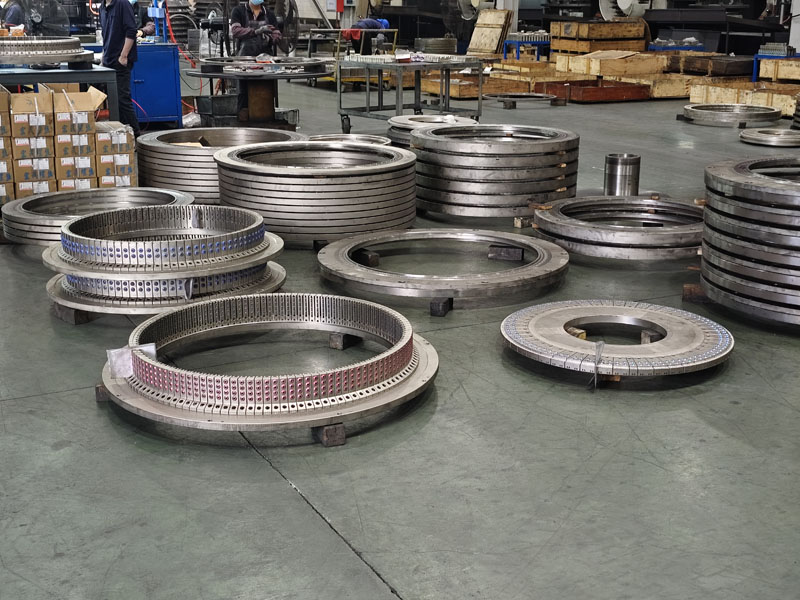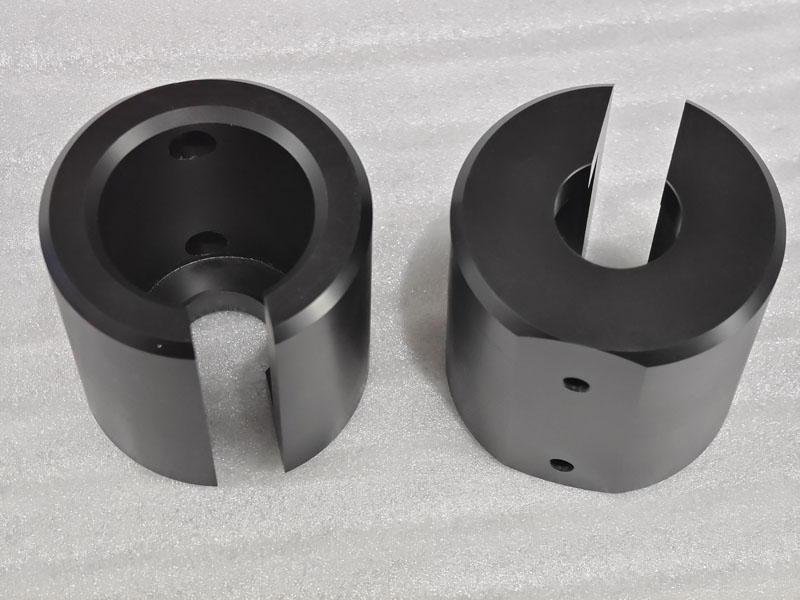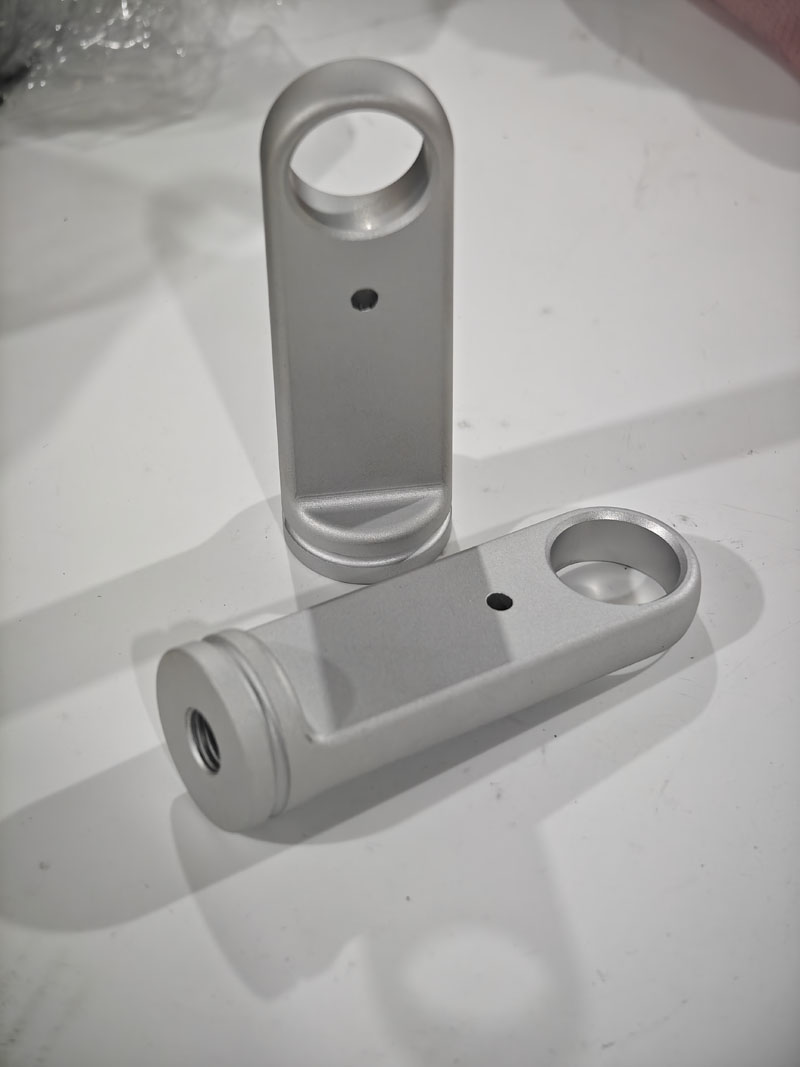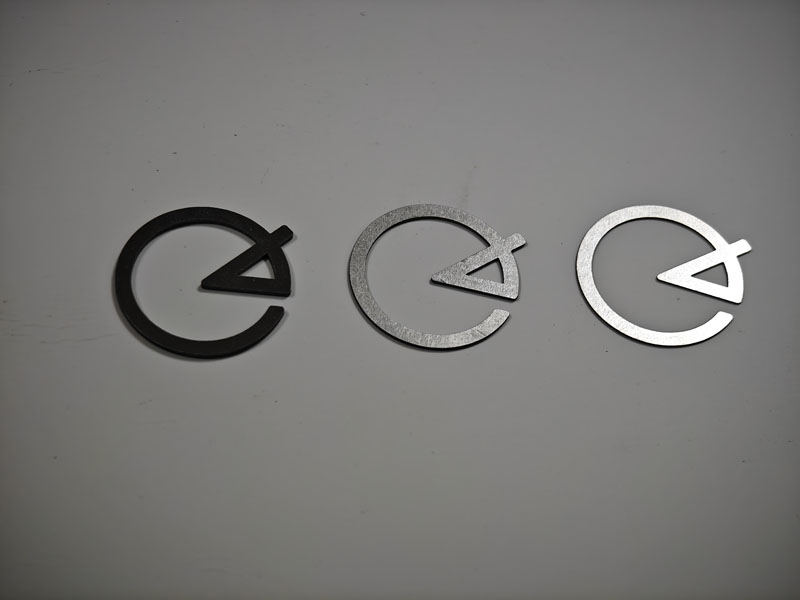
- English
- Español
- Português
- русский
- Français
- 日本語
- Deutsch
- tiếng Việt
- Italiano
- Nederlands
- ภาษาไทย
- Polski
- 한국어
- Svenska
- magyar
- Malay
- বাংলা ভাষার
- Dansk
- Suomi
- हिन्दी
- Pilipino
- Türkçe
- Gaeilge
- العربية
- Indonesia
- Norsk
- تمل
- český
- ελληνικά
- український
- Javanese
- فارسی
- தமிழ்
- తెలుగు
- नेपाली
- Burmese
- български
- ລາວ
- Latine
- Қазақша
- Euskal
- Azərbaycan
- Slovenský jazyk
- Македонски
- Lietuvos
- Eesti Keel
- Română
- Slovenski
- मराठी
- Srpski језик
Difference between five-axis and stamping industry
2024-06-13
Five-axis machining and stamping industry are two different machining technologies in the manufacturing industry, each with unique characteristics and application areas. The following is a comparison between five-axis machining and stamping industry:

Five-axis machining
Five-axis machining is a CNC machine tool processing mode that can be positioned and connected in five degrees of freedom, including three moving axes (X, Y, Z) and any two rotating axes (A, B, C).
Five-axis machine tools can process different sides of the workpiece without changing the position of the workpiece on the machine tool, thereby improving processing efficiency.
Application areas
Five-axis machining is often used in the aerospace field to process complex-shaped parts such as body parts, turbine parts and impellers with free-form surfaces.
Technical advantages
Provides higher machining accuracy and complex shape processing capabilities.
Free-form surfaces that are difficult to process with general three-axis CNC machine tools can be processed.
Limitations
Five-axis machine tools and programming are relatively complex and costly.
Higher skill requirements for operators.
Development trend
With the breakthrough development of CAD/CAM system, the application cost of five-axis linkage CNC machine tool system has been reduced and gradually popularized.

Stamping is to rely on presses and dies to apply external force to plates, strips, pipes and profiles to make them plastically deform or separate, so as to obtain workpieces of required shape and size.
Stamping parts are thin, uniform, light and strong, with precision up to micron level.
Application field
Stamping is widely used in industrial fields such as automobiles, electronics, home appliances, aerospace, etc.
Technical advantages
High production efficiency, can realize automated production.
High material utilization rate, cost saving.
The mold ensures the size and shape accuracy of the stamping parts.
Limitations
The molds used in stamping processing are special and have high manufacturing costs.
For parts with complex shapes, multiple sets of molds may be required.
Development trend
The stamping equipment industry is in the period of technological upgrading and market transformation, facing the challenges of improving design and manufacturing capabilities and improving product competitiveness.
Comparison summary
Five-axis machining technology is suitable for machining parts with complex geometric shapes, especially in high-end manufacturing fields such as aerospace.
The stamping industry is suitable for mass production of parts with uniform specifications and shapes, especially in industries such as automobiles and home appliances.
Five-axis machining has advantages in machining accuracy and complexity, but the cost and operation difficulty are high.
The stamping industry has advantages in production efficiency and cost control, but it is highly dependent on molds.
The two technologies have their own advantages. When choosing, enterprises should consider factors such as product characteristics, production batches and cost-effectiveness.





